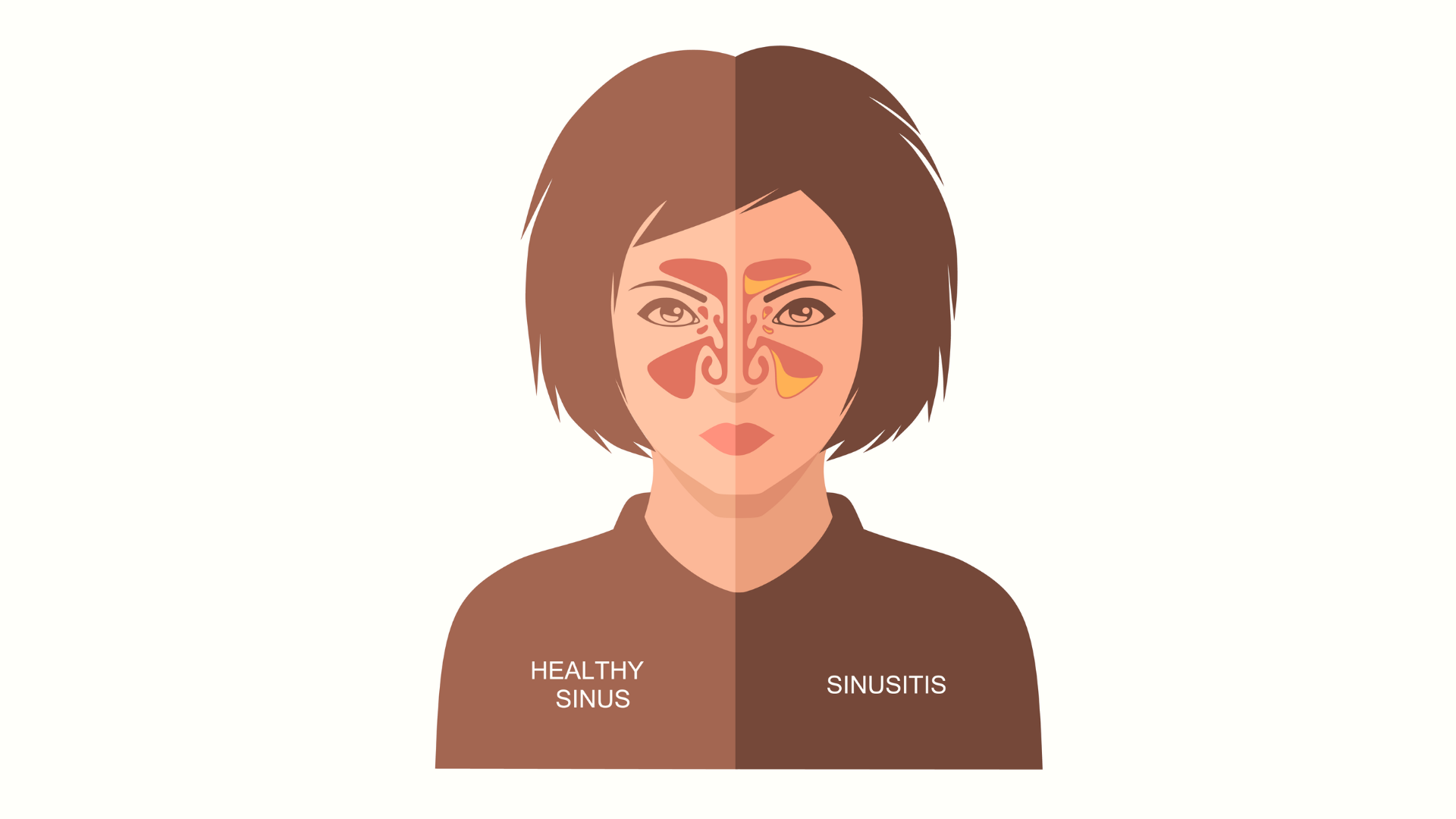Improve your breathing and increase your nasal nitric oxide levels with Humming.
By Devendra Narayan, PhD.
The blog post is part of the Better Breathing through Science series.

Photo by Monstera: Pexels
- In the body, Nitric Oxide is vital for many physiological functions
- Nasal sinuses are the major source of nitric oxide
- Humming increases nasal Nitric Oxide exchange by five times over normal silent nasal exhalation
- We discuss a humming breath protocol that can maximize the benefits of Nitric Oxide exchange
A plethora of scientific research has shed light on the critical role of Nitric Oxide in a range of physiological functions, including immunity, vasodilation, pulmonary function, and even treatment of erectile dysfunction via phosphodiesterase-5 inhibitors.
We now know that the paranasal sinuses, the air-filled, bony spaces located around the nose are a major source of Nitric Oxide. As we breathe, large amounts of NO are constantly released into the nasal airways from the paranasal sinuses.

Image: Vector Stock.
In healthy paranasal sinuses, Nitric Oxide concentrations range between 5000 and 20,000 parts per billion (ppb) [1]. This is important, since some bacteria are sensitive to Nitric Oxide at concentrations as low as 100 parts per billion [2].
Nitric Oxide can, therefore, contribute to sterility in the upper airways. Furthermore, stimulation of endogenous Nitric Oxide production or use of inhaled Nitric Oxide (iNO) could enhance resistance to airway infections. The latter has been studied to improve outcomes for COVID-19 patients with severe lung damage [3].
According to a study conducted in 2002, humming increases nasal Nitric Oxide much more than normal silent nasal exhalation [4]. Humming speeds up the exchange of Nitric Oxide through the ostia, the sinus drainage channels that connect the sinuses to the nasal cavity.
How much can humming speed up NO gas exchange?
During normal breathing, the time needed for the exchange of Nitric Oxide in the sinuses varies from 5 minutes to 1 hour [5]. The fact that a single humming exhalation lasts for 5-10 seconds can exchange almost the entire sinus volume makes humming among the most effective methods of sinus ventilation. [6]
Should we then hum constantly?
Actually, no.
It turns out that repeated consecutive humming decreases total nasal Nitric Oxide and that it takes a minimum of three minutes of silent breathing to replenish the Nitric Oxide in the paranasal sinuses [6].

Photo by Marcus Aurelius: Pexels
Bhramari Pranayama (the humming breath)
Being a scientist and yoga teacher, I am fascinated by how modern science is catching up to explain the benefits of ancient yogic breathing and meditation practices. Yoga breathing practices like Bhramari Pranayama (also known as Bee Breath) are just beginning to be understood by mainstream science.
The traditional Bhramari Pranayama practice involves closing the eyes and ears with the middle finger and thumb, respectively. And pressing lightly with the index and ring finger over the frontal and maxillary sinuses. A relaxed breath is then inhaled through the nose and exhaled through the nose with a humming sound (while the mouth remains closed).
Bhramari Pranayama is calming to the mind and body. The degree to which this effect is caused by increased Nitric Oxide gas exchange is unclear. Additionally, the effects of positioning the fingers over the main paranasal sinuses and closing the eyes and ears on the Nitric Oxide gas exchange are unknown. Yoga practitioners understand, however, that by placing hands and fingers over parts of the body, they can bring awareness (focus) to those parts. Furthermore, applying light pressure can increase blood flow to those parts.
How to get the most from your humming breath practice
Following are some recommendations based on the scientific studies on Nitric Oxide exchange that you can follow during your Bhramari Pranayama practice:
- It is best to perform humming exhalations at a low frequency, which means exhaling as slowly as possible.
- During humming, the maximum NO output occurs on the first exhalation, after which the NO output falls. It is therefore recommended that Bhramari pranayama should consist of no more than three humming breaths per round.
- Every subsequent round should be spaced at least 3 minutes apart in order to replenish the supply of NO in the paranasal sinuses
- In this 3 minute rest, you should concentrate on breathing slowly and deeply through your nose.
In summary, humming breath is a simple and effective way to increase nitric oxide ventilation from the paranasal sinuses into the nasal cavity. This simple practice can bring profound health benefits and contribute to sterility in the upper airways.
Paranasal sinuses: some intriguing insights
Paranasal sinuses are air-filled, bony spaces in our facial bone located around the nose. The evolutionary origins of these vacant spaces are a topic of debate in the scientific community. Several functions of the paranasal sinuses have been proposed [7], such as
- They give our voices resonance
- They supply mucous in our nasal cavities
- They act as thermoregulators and humidifiers
- They lighten the weight of the skull to prevent neck fatigue
- They protect the central nervous system by insulating the cold air currents passing through the nasal cavity
- Additionally, they are perceived as floatation devices that keep the head afloat and the nostrils out of the water while swimming.
About the Author
Devendra Narayan is a scientist, yoga teacher, breathworker, scholar and founder of Cultivate Prana Academy. Cultivate Prana's mission is to empower modern day healers through education that integrates ancient wisdom and modern science.
References:
- Lundberg et al. Nature Medicine 1995;1:370–373.
- Mancinelli RL, McKay CP. Appl Environ Microbiol 1983;46:198–202.
- https://www.uab.edu/news/research/item/11223-uab-among-first-in-the-u-s-to-offer-clinical-trial-for-the-treatment-of-patients-with-severe-covid-19-using-nitric-oxide
- Weitzberg E, Lundberg JO. Am J Crit Care Med 2002;166:144–145.
- Aust R, Drettner B. Upsala J Med Sci 1974;79:177–186.
- Maniscalco et al. Eur Respir J 2003;22:323–329.
- Bazak et al. The Egyptian Journal of Otolaryngology 2020;36:8.
-------
Copyright 2022 Cultivate Prana. All rights reserved.

